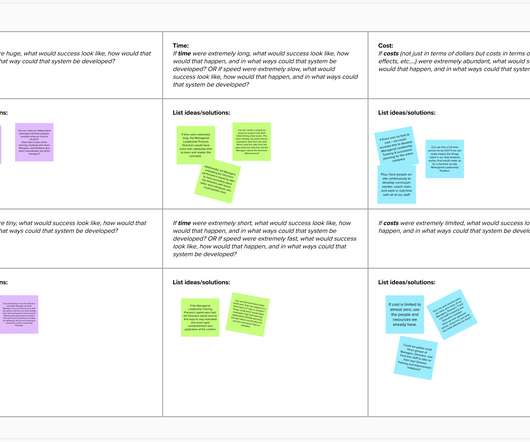Honor Gordon Moore: Unite Across Party Lines to Fuel Innovation
CEO Insider
APRIL 2, 2023
Maintaining America’s innovation edge is crucial, but bureaucratic excesses at the federal level could slow us down. Copyright The CEOWORLD magazine Limited 2021. All rights reserved.








































Let's personalize your content